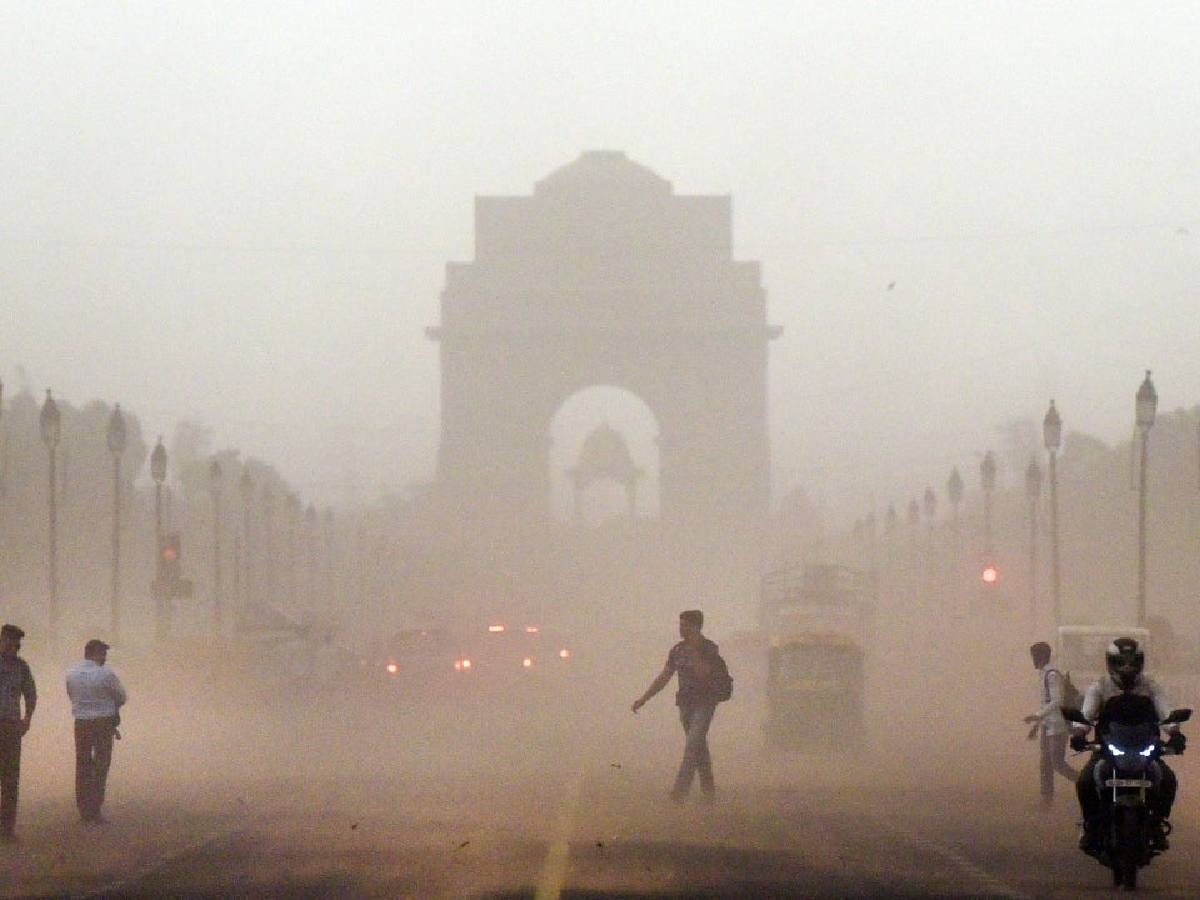
In the hustle and bustle of modern urban life, dust pollution often flies under the radar, quite literally, as an unseen but pervasive environmental concern. Unlike smog or industrial smoke, dust might seem harmless, but its cumulative effects on health, environment, and climate are substantial. Let’s delves into what dust pollution is, its effects, and practical steps individuals and communities can take to mitigate this growing issue.
What is Dust Pollution?
Dust pollution, or particulate matter, consists of tiny particles suspended in the air. These particles can originate from various sources, including:
Natural Sources: Wind erosion, volcanic eruptions, and forest fires.
Human Activities: Agriculture, construction, mining, and traffic.
These tiny particles, especially those less than 10 micrometers in diameter (PM10) or even smaller (PM2.5), can penetrate deep into the lungs, causing respiratory issues and other health problems.
Also read: Is it just a cold? Sneezing and a runny nose could be more than you think
The Health Impact
Dust particles can exacerbate or cause:
Respiratory Issues: Asthma, bronchitis, and decreased lung capacity.
Cardiovascular Problems: Increased risk of heart attacks due to inflammation or narrowing of arteries.
Carcinogenic Risks: Long-term exposure to certain dusts (like silica) can lead to lung cancer.
Environmental and Climate Effects
Beyond health, dust pollution impacts:
Soil and Water: Dust can deplete soil nutrients, affect water quality, and reduce overall fertility.
Climate Change: Airborne dust can alter weather patterns, contribute to the melting of glaciers, and change sea surface temperatures.
Combating Dust Pollution: A Multi-Pronged Approach
Regulation and Enforcement:
Governments must enforce stricter regulations on industries responsible for dust emissions. This includes better practices in construction, mining, and agriculture, such as covering open trucks, wet drilling, and planting windbreaks.
Community Initiatives:
Green Spaces: Urban planning that emphasizes green belts and parks can act as natural dust filters.
Public Awareness: Campaigns educating people about the risks of dust pollution can lead to behavioral changes like reducing unnecessary vehicle use.
Technological Solutions:
Air Filtration: Advanced air filtration systems in homes and offices can reduce indoor exposure.
Infrastructure: Designing roads and buildings in ways that minimize dust generation, like paving roads in frequently dusty areas.
Personal Measures:
Protective Gear: Using masks and goggles in dusty environments.
Home Maintenance: Regular cleaning with vacuum cleaners equipped with HEPA filters and keeping windows closed during peak dust hours.
Research and Development:
Continuing research into eco-friendly materials and practices that reduce dust generation. For instance, developing dust suppressants that are environmentally friendly.
Also read: Is your cough more than just a cold? Key signs of lung cancer to watch for
Conclusion
Dust pollution, though less visible, is just as critical to address as other forms of pollution. It requires a concerted effort from individuals, communities, industries, and governments. By understanding the sources and impacts, we can take informed actions to reduce dust in our environment, protecting our health and the planet’s delicate ecosystem. Remember, every small step towards reducing dust pollution contributes to a larger, cleaner, and healthier picture for future generations.
From velvety cheesecakes to espresso-soaked gelato, here are seven globally viral dishes that Delhiites cannot…
As Venezuela’s embattled President Nicolás Maduro returns to global headlines, a walk through Delhi’s diplomatic…
The Delhi Tourism and Transportation Development Corporation (DTTDC) has estimated a cost of Rs 48.75…
Possession letters for land parcels for Delhi Teachers' University and Guru Gobind Singh Indraprastha University…
Delhi Chief Minister Rekha Gupta also said that the government is trying to turn the…
A bench of Justices Navin Chawla and Madhu Jain held that the petitioner government employee…